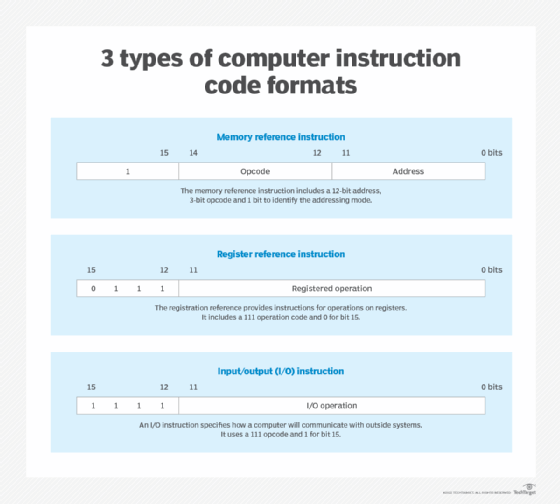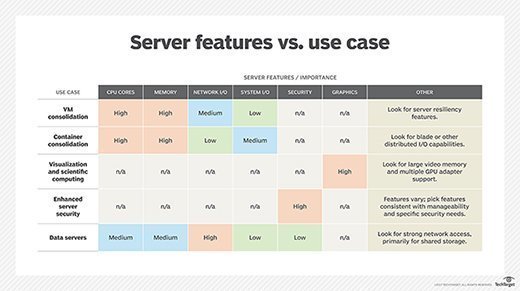million instructions per second (MIPS)
What is million instructions per second (MIPS)?
Million instructions per second (MIPS) is a measure of a processor's speed, providing a standard for representing the number of instructions that a central processing unit (CPU) can process in 1 second. The number is meant to indicate how well a computer performs and how much work it can do, especially when compared with other systems. For example, a computer that can process 12,000 MIPS should be able to outperform one that processes 10,000 MIPS.

How was MIPS once commonly used?
At one time, MIPS and other forms of instructions per second -- such as kilo instructions per second, or KIPS -- were commonly used to measure computing performance and work capabilities on a wide range of systems. For large servers or mainframes, it helped to determine the cost of computing: The more MIPS delivered for the money, the better the value. Historically, costs measured in MIPS were reduced by half on an annual basis.
MIPS is not used as commonly as it once was because it failed to consider other factors that can affect performance. Some vendors and individuals might still refer to MIPS, but most recognize its limitations. In fact, many people in the industry have joked that MIPS stands for meaningless indicator of processor speed or some equally derogatory description.

What other factors affect computer performance?
Many factors can affect a computer's performance. For example, one processor's instruction set might require more instructions to carry out a task than another processor's instruction set. The type of instructions can also affect performance measurements, depending on the number of clock cycles required for each instruction. One instruction might require only two clock cycles, while another instruction requires five. The efficiency of instruction execution can also play a role in performance.
Other considerations include whether the processor is handling many branching instructions or if it's executing multiple instructions simultaneously. In addition, the size and type of memory can affect performance, as can factors such as input/output speeds, hardware differences, operating systems and data bus sizes.
MIPS fails to consider many variables that affect performance, making it inadequate for gauging or comparing systems. Because of the various factors, it's possible for a computer with a lower MIPS rating to outperform a system with a much higher one.
What benchmarks are used today to compare systems?
Instead of MIPS, many organizations and professionals rely on benchmarks from vendors such as SPEC CPU or Geekbench. If MIPS is used at all, it's only to compare systems with a similar architecture -- although even this must be approached with caution.
However, MIPS is sometimes included for specific measurements as part of a larger set of performance metrics. For example, 7-Zip is often used to measure a processor's compression and decompression performance. In this case, the benchmark ratings are in MIPS.
Learn about monitoring performance in a hybrid cloud world, the differences between CPUs and microprocessors and how to convert CPU hours to MIPS for mainframe capacity planning.







